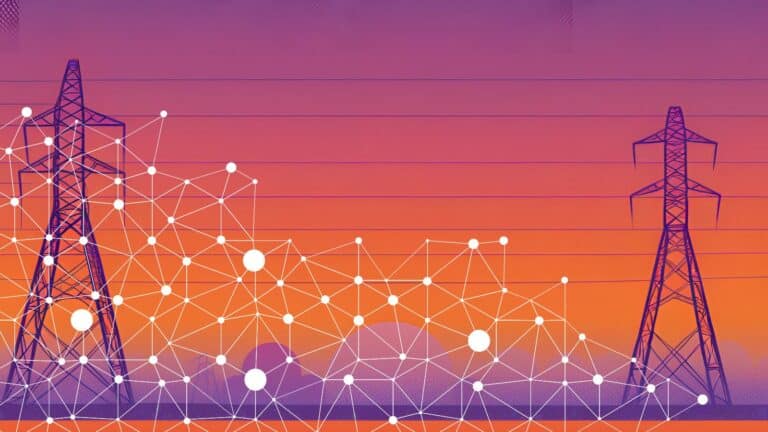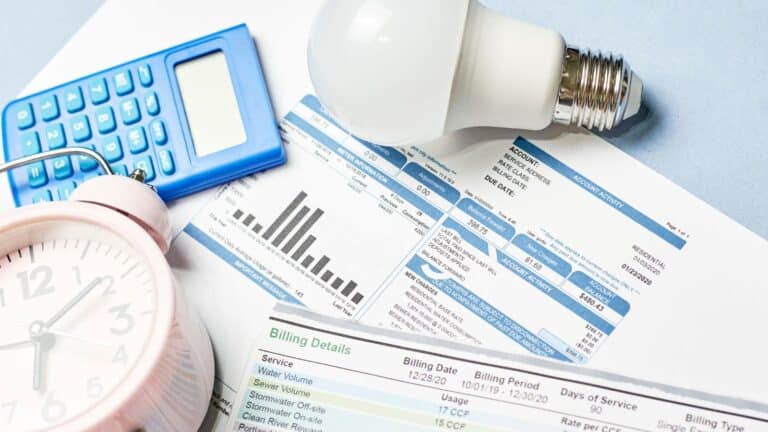Nord Stream 2’s resurrection rumours
In Wednesday’s episode of The Jolt, Sam looks into whether rumours about Nord Stream 2’s revival stand up to scrutiny, while Switzerland’s latest attempt at climate policy also goes under the microscope
For the latest updates on access to the Morningside campus, visit the Public Safety website. Read more.
Reports by A.J. Goulding, Mugwe Kiragu & David Nour Berro • October 26, 2020
This report represents the research and views of the author. It does not necessarily represent the views of the Center on Global Energy Policy. The piece may be subject to further revision. Contributions to SIPA for the benefit of CGEP are general use gifts, which gives the Center discretion in how it allocates these funds. More information is available at Our Partners. Rare cases of sponsored projects are clearly indicated. For a full list of financial supporters of the Center on Global Energy Policy at Columbia University SIPA, please visit our website at Our Partners. See below a list of members that are currently in CGEP’s Visionary Annual Circle.
(This list is updated periodically)
Jay Bernstein
Breakthrough Energy LLC
Occidental Petroleum Corporation
The ongoing COVID-19 pandemic has caused unprecedented changes in the ways people interact and approach economic activities. Electricity demand has declined and usage patterns have been altered, changes that could remain even after the pandemic ends. Failure to properly account for these declines in demand could lead to excess capacity in the electric power sector, added costs for consumers, and losses for investors.
This paper, from the power sector program at Columbia University’s Center on Global Energy Policy, presents a methodology to quantify potential permanent reductions in demand triggered by the pandemic. The authors first identify how electricity demand changed in the United States following the 2008–2009 global financial crisis, or “Great Recession,” the last event to cause a major reduction in consumption. They then analyze the unique ways in which demand patterns may change over the next three to five years as a result of the coronavirus, followed by some illustrative calculations of the potential impact. Finally, the authors discuss the implications for policy makers with regard to electricity sector evolution.
The paper finds that the COVID-19 crisis is likely to result in a long-term decline in annual electricity consumption, though less than that observed after the global financial crisis. It is also likely to accelerate changes in the structure of electricity demand that were already underway. In addition, the research shows:
This paper is intended primarily to explore the magnitude of potential long-term permanent demand destruction due to COVID-19. Because it explores policy implications at a high level, detailed analysis of particular policy recommendations is beyond the scope of the research.
CGEP is pleased to announce a new AI & Energy series—part of our Energy Explained blog. In the first entry, the authors write about AI's potential impacts on the...

Kenya and South Africa have recently started moving toward an open access regime in their electricity sectors, while the US and India have been on this path for over two decades.

About one in four American households experience some form of energy insecurity. Within this group, Black, Indigenous, Latine, low- and moderate-income (LMI), and other disadvantaged communities face a disproportionately higher burden.

Full report
Reports by A.J. Goulding, Mugwe Kiragu & David Nour Berro • October 26, 2020